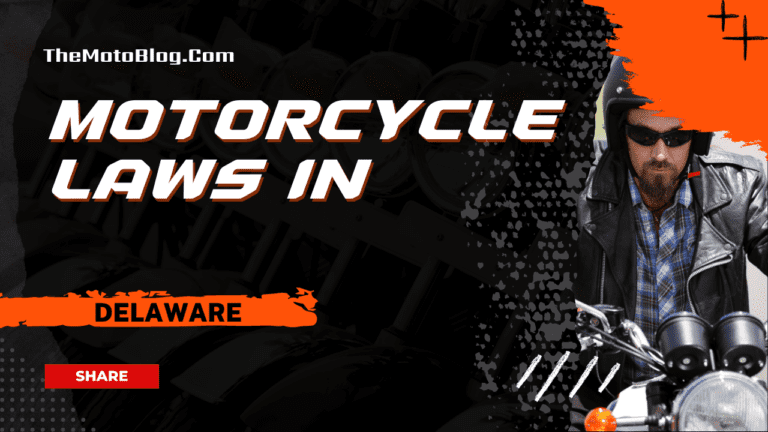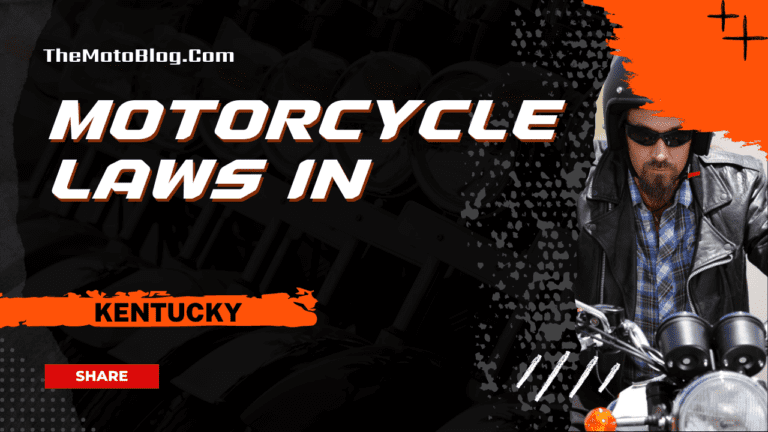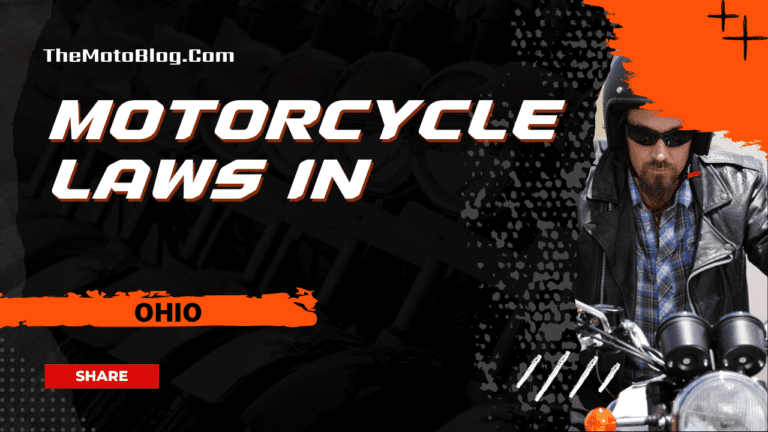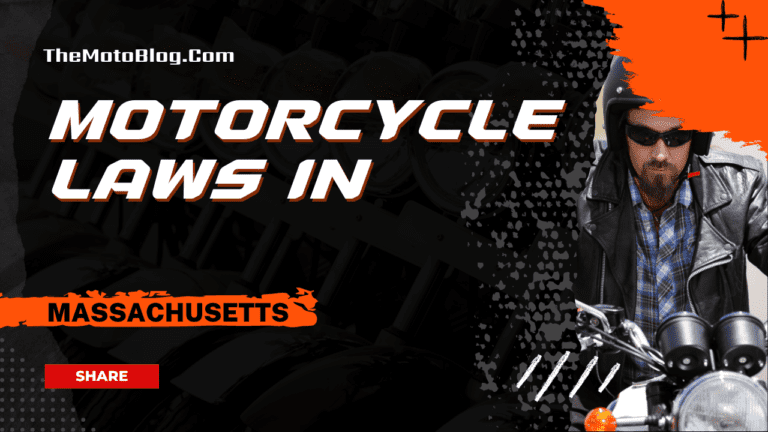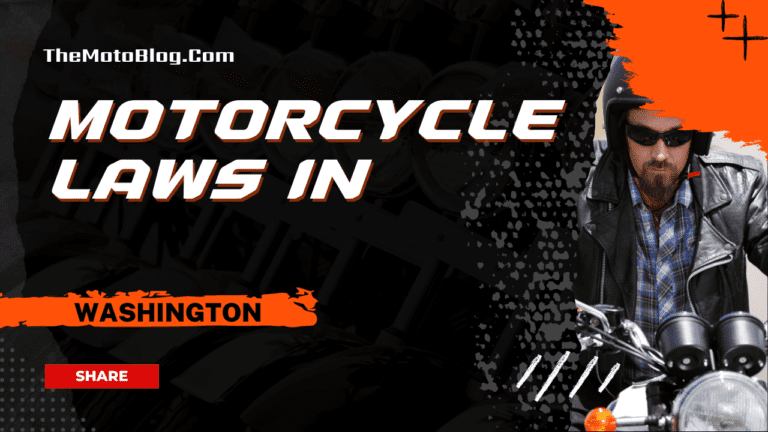Motorcycle Laws in Utah: Everything You Need to Know as a Rider
Utah’s majestic landscape provides an incredible backdrop for motorcycle enthusiasts, sharing borders with diverse riding destinations. From the scenic byways connecting to Idaho‘s winding roads in the north, to the red rock adventures extending into Arizona‘s desert terrain in the south. The state connects eastern adventures through Colorado‘s mountain passes and western routes into Nevada‘s open highways. While these neighboring states offer unique riding experiences, understanding Utah’s specific motorcycle laws is crucial for both residents and visitors.
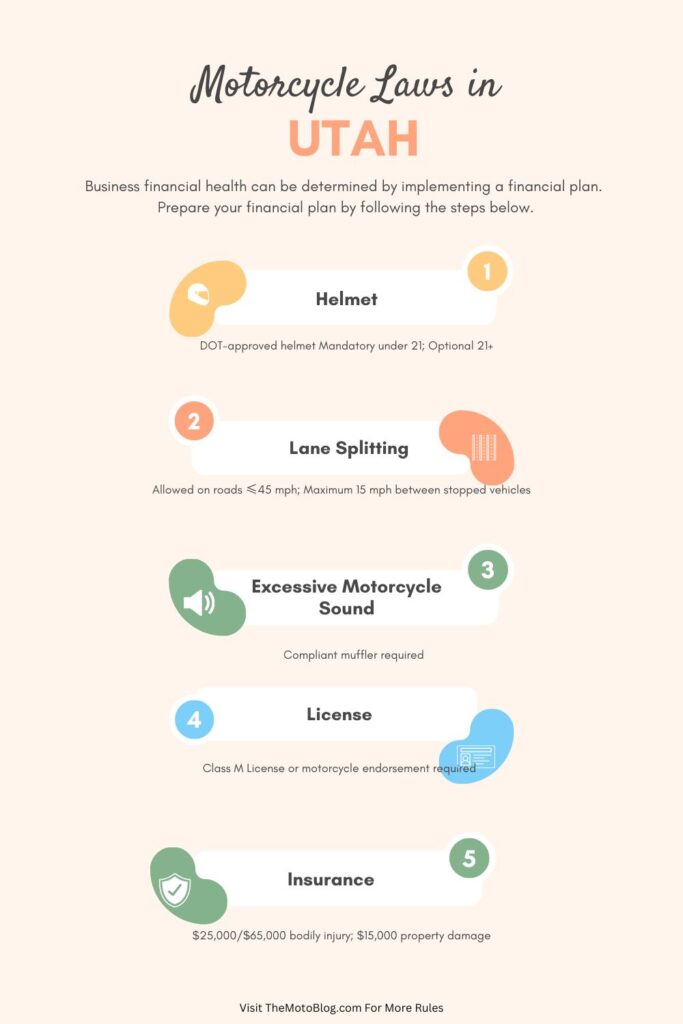
| Requirement | Description |
|---|---|
| License Type | Class M License or motorcycle endorsement required |
| Minimum Age | 16 years old |
| Helmet Law | Mandatory under 21; Optional 21+ |
| Insurance Minimums | $25,000/$65,000 bodily injury; $15,000 property damage |
| Lane Filtering | Allowed on roads ≤45 mph; Maximum 15 mph between stopped vehicles |
| Passenger Rules | Separate seat, footrests, and handholds required |
| Required Equipment | DOT-approved helmet (if under 21), left mirror, horn, lights, brakes |
| Group Riding | Maximum 2 motorcycles side-by-side per lane |
| Handlebar Height | Cannot exceed shoulder height |
| Instructional Permits | No passengers, no night riding (10PM-6AM), no highways >60 mph |
| Lighting | One headlamp, tail lamp, stop lamp required |
| Mirror Requirements | Left-hand rearview mirror mandatory |
| Noise Restrictions | Compliant muffler required |
| HOV Lane Usage | Permitted |
| Turn Signal Rules | Must signal for minimum 2 seconds |
| Lane Usage | Entitled to full lane use |
| Helmet Incentive | $8 discount on moving violations if wearing helmet (21+) |
| Eye Protection | Recommended but not legally required |
| License Testing | Written test, vision test, skills test/MSF course |
| Documentation | Utah license, residency proof, endorsement fee |
Licensing Requirements
Operating a motorcycle in Utah requires proper licensing and documentation. All riders must obtain either a motorcycle endorsement on their existing driver’s license or a motorcycle-specific license. The minimum age requirement is 16 years old.
Testing and Documentation
- Written knowledge examination
- Vision screening
- Skills assessment or MSF Course completion
- Medical form submission
Required documentation includes:
- Valid Utah driver’s license
- Utah residency proof
- $8 endorsement fee payment
Instructional Permit Restrictions
- No passenger transport
- No nighttime riding (10:00 PM – 6:00 AM)
- Speed limit restrictions (under 60 mph)
Helmet and Safety Equipment Requirements
Utah takes a graduated approach to helmet laws based on rider age. While riders under 21 must wear helmets, those 21 and older have the choice. All helmets must meet Department of Transportation (DOT) standards.
Operating Regulations
Lane Usage and Filtering
Utah’s distinctive lane filtering laws allow motorcyclists to navigate traffic under specific conditions:
- Roads with 45 mph or lower speed limits
- Maximum filtering speed of 15 mph
- Only between stopped vehicles
- Minimum of two lanes in same direction
Equipment Standards
Motorcycles must maintain:
- Left-side mirror
- Functional braking system
- Working horn
- Accurate odometer
- Required lighting (headlight, taillight, brake light)
Insurance Coverage
Utah mandates minimum insurance coverage:
- $25,000 bodily injury (per person)
- $65,000 bodily injury (per accident)
- $15,000 property damage liability
Passenger and Group Riding Rules
Passenger transport requires:
- Designated passenger seating
- Installed footrests
- Secure handholds
Group riding regulations limit two motorcycles side-by-side per lane, similar to regulations in Colorado and Arizona.
Traffic Laws and Penalties
Utah encourages helmet use through incentives:
- Helmet use cannot factor into negligence claims
- $8 discount on moving violations for helmeted riders (21+)
As your motorcycle journey takes you through Utah’s diverse terrain, remember that regulations can change at state lines. Whether you’re heading north to experience Idaho‘s scenic routes, east to explore Colorado‘s mountain passes, south to discover Arizona‘s desert landscapes, or west to cruise Nevada‘s open roads, each state maintains its own set of motorcycle laws. Utah’s unique combination of lane filtering allowances, age-based helmet requirements, and specific equipment regulations reflects its commitment to both rider freedom and safety. Understanding and following these regulations ensures not only legal compliance but also contributes to a safer riding environment for all road users in the Beehive State.
Motorcycle Laws in the US By States
If you liked this article, then please subscribe to our YouTube Channel for more Bike Videos. You can also find us on Instagram, Twitter and Facebook.
Disclosure: As an Amazon Associate, I earn from qualifying purchases. Read more about Amazon Affiliate Disclaimer.

Vishwanath Mathpati
I am Vishwanath Mathpati, a full-time Blogger and Motorcyclist from Bidar, Karnataka. I love writing about my Motorcycles Stories and Riding Gears on this blog.
Know More About Me.


